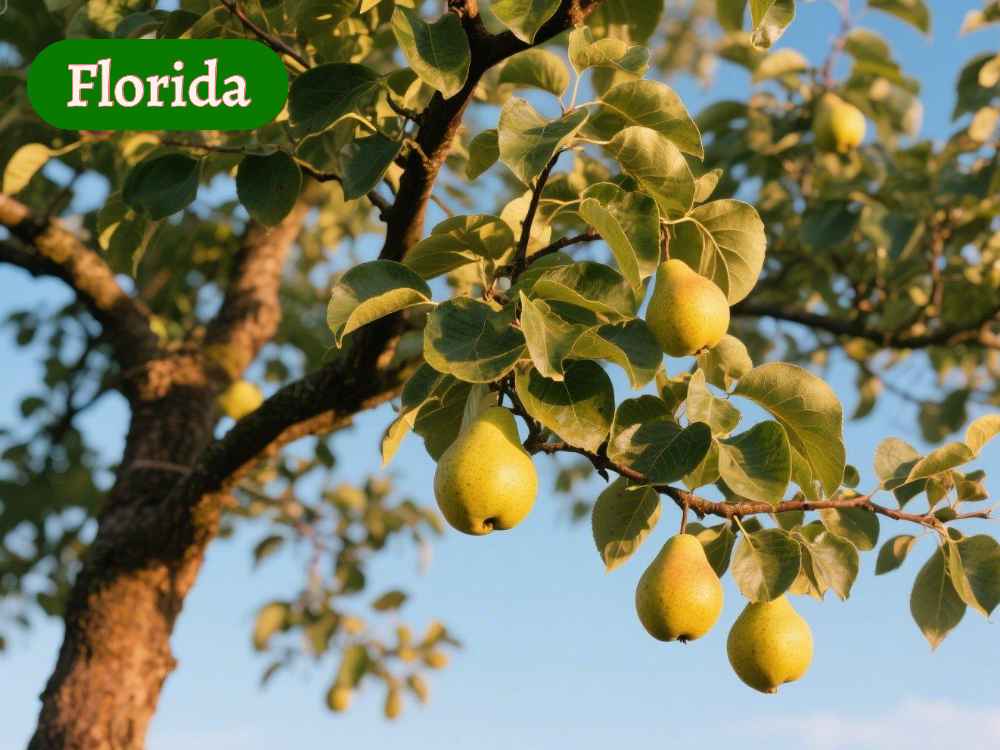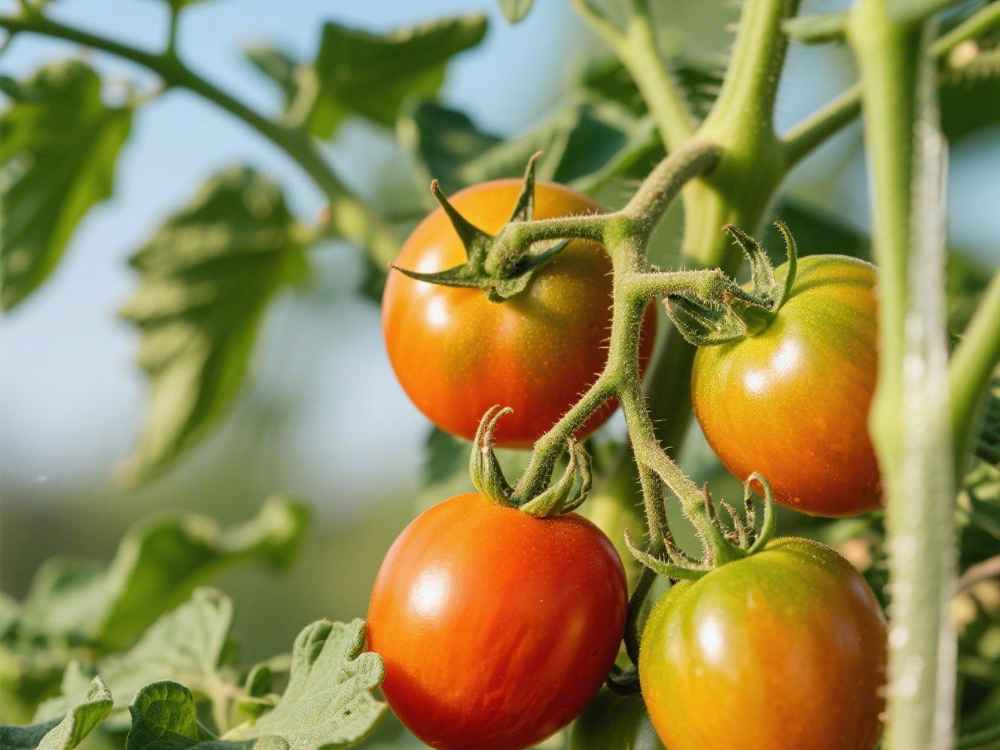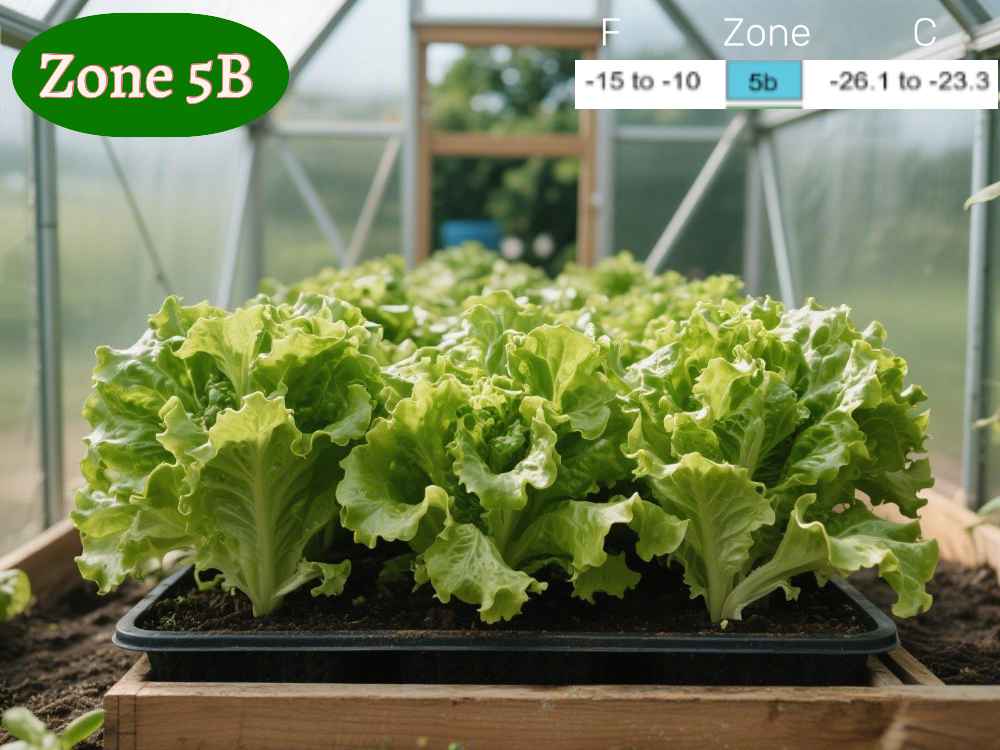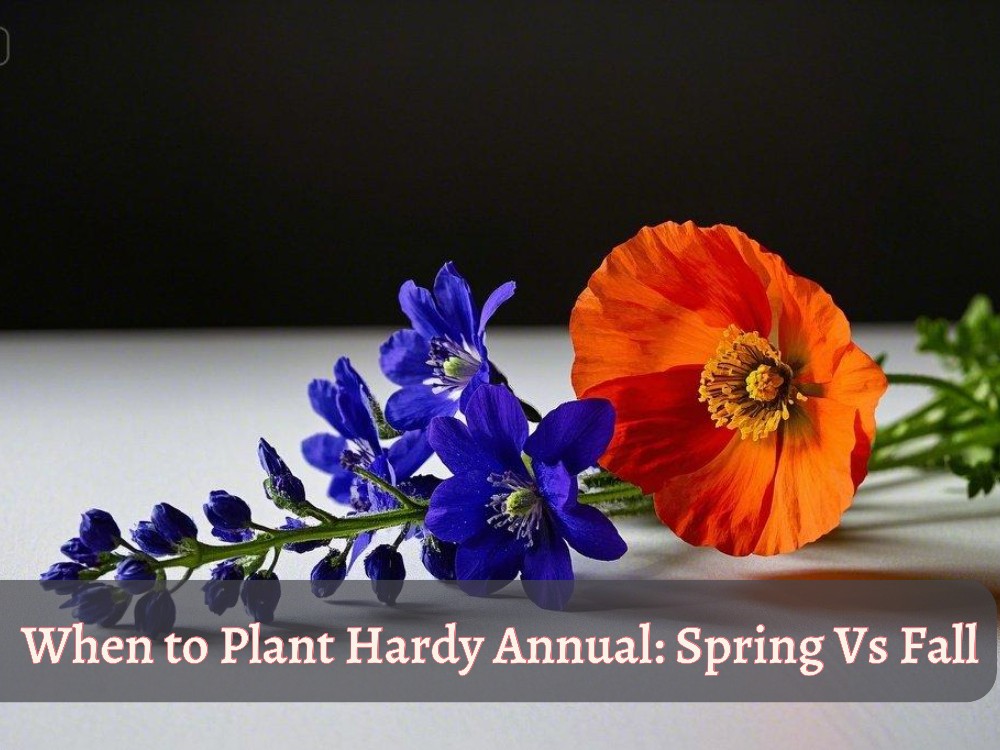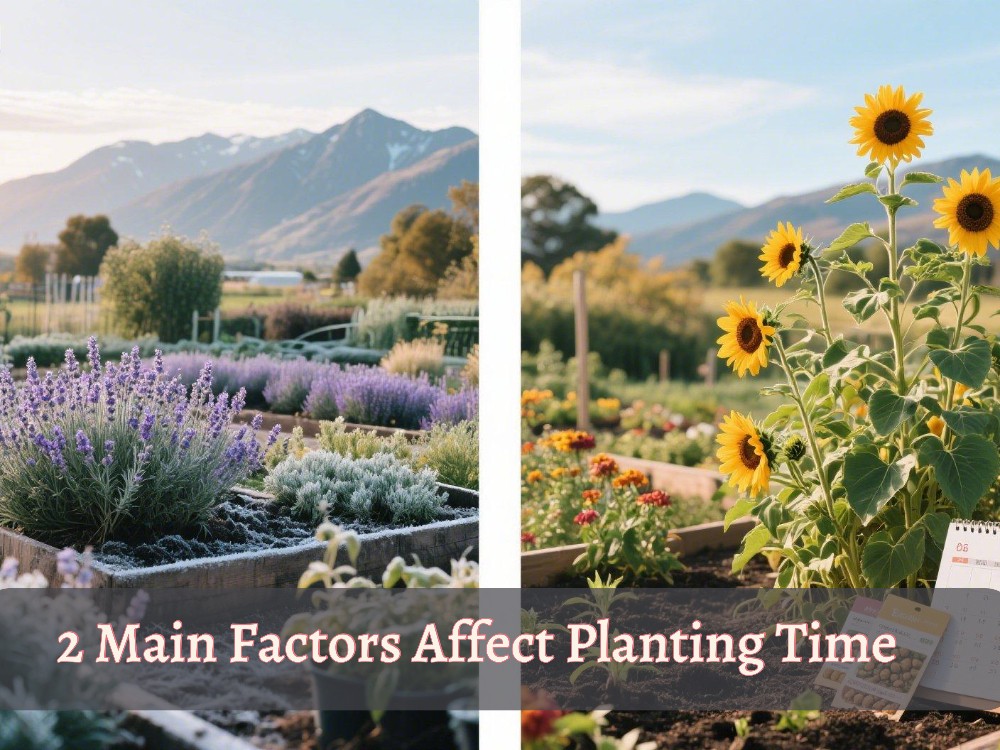The pear tree, which is mostly suited for temperate and colder areas, is it suitable for Florida’s climate, where humidity and warm winters (especially in South Florida) are prevalent?
So, for growing a pear tree in Florida, everything is dependent on choosing the right variety that fits the low chill hours of Florida’s winter.
Thanks to the dedicated plant breeders who carefully developed these pear varieties, gardeners in warm, humid places like Florida can now grow and enjoy homegrown pears.
It is undoubtedly true that seed-grown pears are well-adapted to the local climate of Florida. If this seed is taken from a variety that already has low chill hours, the new pear tree becomes more realistic.
But it is always good to take seeds from European and Asian varieties that require low chill hours. If there is a hybrid variety, then buy rootstock from a nursery or directly take F1 seeds, because F2 may be unpredictable in any way.
Can Pears Grow In Whole Florida?
There are different possibilities for growing pears in the whole of Florida. Hybrid pears that are developed from Asian & European varieties are well suited for north and central Florida.
Overall, choosing the right variety comes to the top whenever it comes to growing cold-hardy or temperature fruit trees in warmer areas like Florida.
Best Pear Varieties To Take Seeds For Growing In Florida?
According to IFAS, no hybrid pears are recommended for areas south of Orlando. But some Florida-developed hybrids, “Floridahome”, “Hood a”Orient”, can thrive there.
And certain asian pears, “Shinko,” “Korean Giant,” “Ya Li,” and Chojour” can also grow well in South Florida. (Southern Living)
Kieffer Variety may work in only the northern part of Florida, while Baldwin, Carnes, Kieffer, Pineapple, and Tennessee are good choices for growing them in central Florida.
Gulf Coast areas like Tampa are hot and humid, just like southern Florida.
There, high moisture and humidity can increase fungal disease (leaf spot) and bacterial issues such as fireblight. Orient, Florida, and Hood are recommended for humid areas of Florida.
Propagation Method for Pear Tree (In Florida)
UF/IFAS says that when buying a pear tree, make sure it’s grafted onto a Pyrus calleryana rootstock.
Grafting and cutting give the same results as a parent plant, while seeds grown pears are different in size, shape, taste, and even in chill hours demand.
A discussion on Permies shows the possibility of local adaptation of growing pears from seeds.
And if you take seeds from a variety that is already surviving in a warm climate, that may force you to think.
“It is becoming a friend of my climate”
Because firstly, it is growing from a seed, and the seed was already taken from a low-chilling-hour variety. (but not Hybrid)
This makes everything just an experience, but does not give any guarantee; these trees could potentially develop traits even more resilient than the parent plants.
Remember: For commercial purposes, always consider grafting, because the seed-grown process is just an experience and may be desired for home gardeners.
In this article, we have told about planting pear seeds, if you’re planning to buy pear tree from nursery and then transplant it at home, you must learn when to transplant trees and as well as how to transplant trees.
Also explore more guides;
Can you plant pear tree in the fall..
Pillar guide–> can you plant trees in the fall..
So, let’s move forward if you want to plant pear tree from its seeds…..
When and How to Sow Pear Seeds In Florida?
Since Florida’s winter provides low chill hours (150 to 300 from north to central Florida), there is no good chilling situation in southern Fl.
After choosing a low-chilling and disease-resistant pear variety, the second thing is the right planting time, including stratifying time, which is mostly influenced by the last frost date of Florida.
Experts always recommend stratifying pear seeds in the fridge, whether outdoor chilling is enough or not.
The following table shows when to start sowing pear seeds and transplanting pear seedlings. (According to Florida’s growing season and frost dates)
| Region/City | Stratification (Start in Fridge) | Indoor Sowing | Transplanting |
|---|---|---|---|
| Gainesville (North FL) | July 13 | Feb 13 | March 13 |
| Ocala (Central-North FL) | Oct 11 – Oct 20 | Jan 11 – Jan 20 | Feb 11 – Feb 20 |
| Orlando (Central FL) | Aug 27 – Sep 1 | Nov 27 – Dec 1 | Dec 27 – Jan 1 |
| Jacksonville (East FL) | Oct 15 – Oct 17 | Jan 15 – Jan 17 | Feb 15 – Feb 17 |
| Daytona Beach (East FL) | Oct 15 | Jan 15 | Feb 15 |
| West Palm Beach (SE FL) | Sep 1 | Dec 1 | Jan 1 |
| Miami / Homestead (South FL) | Not needed (No frost) | Anytime (Avoid peak summer) | Anytime (Avoid peak summer) |
Check how to sow pear seeds with just five simple steps. Consider adding another pear tree as a partner to increase the production of pears.
Moonglow, Honey Sweet, and Ayres are considered good pollinator trees, but it is always recommended to take advice from a local nursery or extension.
When growing any plant in East Florida (Gulf Coast areas), always keep the soil moist but not wet.
